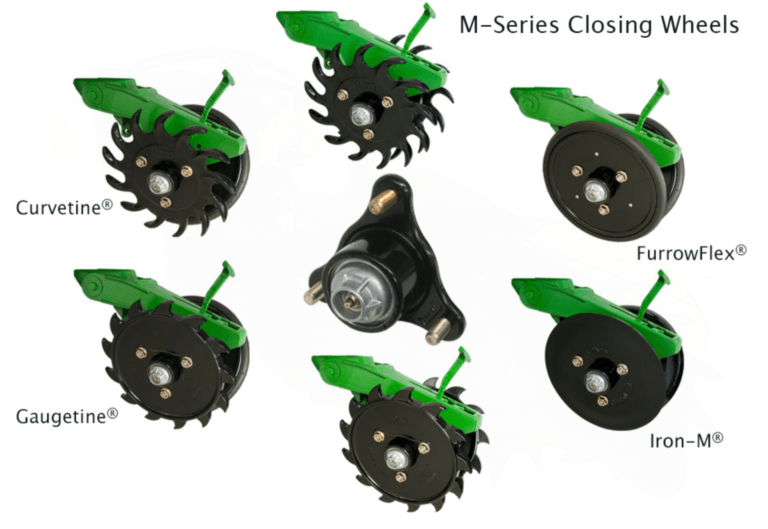Practical shift to digital – Streamline network coordination between engineering and production.
The main goal of all manufacturing companies is to deliver the product on time to the customer. Sounds simple… yes, but it is not. You can create the greatest design, but it will be worthless if it includes expensive parts or parts you cannot get on time. Long lead times means risk to production milestones. Think about two important activities for every manufacturing company 1) designing great product and 2) purchasing parts and outsourcing the work to subcontractors. These processes are heavily intertwined and require coordination (which is often lacking in existing tools) and transparency.
Managing the flow of information from engineering to manufacturing can be a daunting task for any company. In general the information highway of the internet provides the “how” but as always it’s the “what” that can be difficult. What information represented in what way does my company need and when?
Many thoughtful articles have been written on the subject. Last month in a detailed Tech Clarity article on Bridging the Gap between Engineering and Purchasing, Jim Brown asks the question “How can manufacturers deliver every customer order on time without incurring excess cost and delays from part shortages?” And proposes that a “practical shift to digital” can lead your organization in the right direction. Here is an interesting passage.
“How can manufacturers deliver every customer order on time without incurring excess cost and delays from part shortages? They have to streamline operations and information flow across departments including Engineering and Purchasing. Today’s disconnected processes and systems aren’t acceptable when people expect business systems to work as well as the Amazon app on their smartphone. It’s time for manufacturers, big and small, to start embracing digital approaches to improve operational performance.”
Recently, I was on a call with Joe Bassett of Dawn Equipment. Joe has an amazing personal story. Dawn Equipment Company is a leading farm equipment manufacturer in Sycamore, Illinois specializing is custom row crop machinery.
Here is an example of products developed by Dawn Equipment:

I highly recommend you to read this article in Successful Farming about his path to Dawn and professional history. Dawn Equipment is developing amazing machines, especially if you think about the harsh conditions these machines are operating in:
Lately, I have gotten to know Joe even more through his online activity – Joe Bassett is an avid Twitter user. You can learn a lot from his tweets.
One day I learned about how Dawn Equipment is using OpenBOM (disclosure, I’m OpenBOM Director of User Experience). My attention was caught by the following message:
“I use @openbom for a very limited but important use case of communicating BOM’s to the production planning team. However, it rocks compared to Solidworks for doing this in terms of making my life easier….This is the part number, this is what it looks like, this is description.”

I contacted Joe Bassett to learn more about his product development and manufacturing practices and learned a lot of interesting facts which I felt would be interesting to share with blog readers.
According to Joe Bassett:
- The Dawn engineering team produces a valuable and detailed set of information describing exactly which parts are needed and where they fit into the final product. However, to communicate this information to the production planning team at the right time (which means earlier!) is not a simple task. Cloud and online tools syncing data online such as Bill of Materials with other related business information can be a great help by placing the data where it needs to be…… when it needs to be there.
- Communication of this information in a familiar way that looks and feels like spreadsheets, but contains rich information about the product can be much more useful and more efficient than creating drawings with balloons and BOM tables – OpenBOM is easier than a ballooned drawing.
- It is very important to print an understandable BOM and say to manufacturing team “go build this.” They grab the parts from stock and put it together. As simple as it sounds, this is how it should be after all.
- Cost awareness is extremely important. By delivering purchasing and procurement cost and lead time information to the engineers early in the process, engineers can make informed key decisions that greatly impact the product and the manufacturing process. OpenBOM brings consciousness and awareness of cost to the engineers.
- OpenBOM is a ‘handy product’. There is a huge demand for simplicity in all tools these days sparked by the innovation in other industries. Delivering simplicity is hard, but essential, for engineers.
Conclusion
The practical shift to digital is a big deal. Companies and people can get “decision fatigue” investigating which tools are available and how much they cost and how much effort and organizational changes will be required to implement them. An alternative is to work with tools which are easy to deploy and will evolve to meet the expanding needs of the team and the company. Adding broader visibility of business systems to your engineering and manufacturing toolset allows your company to digitally speak to all members of your team, and extended team, in a way never before possible. You can visually capture your product structure and design intent and accurately communicate that information to everyone who needs to have it. Think of it, the team in the Philippines building your latest network device will always be building the correct version of your product from the latest set of documentation – every time.
OpenBOM utilizes a suite of modern technology to exchange design information with all popular CAD, PCB, PDM and PLM systems, then hosts that data on our secure AWS servers in a way which allows you to organize, extend, securely share (and unshare), version and release in a meaningful way. Consequently, you can take bring together data from your mechanical team, your PCB folks and the purchasing teams legacy spreadsheets into a single multi-level master product BOM representing your entire product structure; subassemblies and all.
Steve Hess
Director of User Experience, OpenBOM
About the author:
Steve Hess, Director of User Experience at OpenBOM, CAD/PDM/PLM junkie, gear-head, husband and dad. OpenBOM offers innovative modern methods to take your manufacturing data to the cloud and enable your company’s digital transformation through a connected Bill of Materials. Steve is an entrepreneurial Mechanical Engineer and engineering process ninja who has worked for Onshape, Solidworks, and Teradyne and is focused on improving the customer user experience.

Join our newsletter to receive a weekly portion of news, articles, and tips about OpenBOM and our community.
